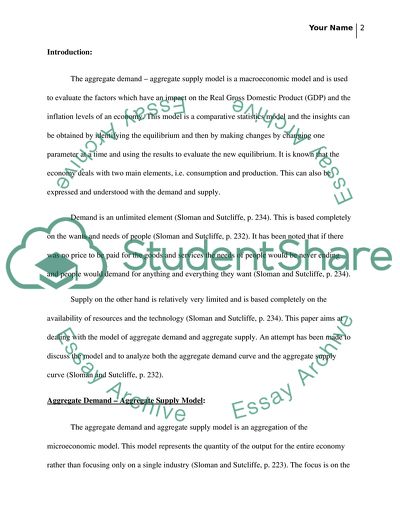Cite this document
(Aggregate Demand and Aggregate Supply Research Paper, n.d.)
Aggregate Demand and Aggregate Supply Research Paper. Retrieved from https://studentshare.org/macro-microeconomics/1728749-aggregate-demand-and-aggregate-supply
Aggregate Demand and Aggregate Supply Research Paper. Retrieved from https://studentshare.org/macro-microeconomics/1728749-aggregate-demand-and-aggregate-supply
(Aggregate Demand and Aggregate Supply Research Paper)
Aggregate Demand and Aggregate Supply Research Paper. https://studentshare.org/macro-microeconomics/1728749-aggregate-demand-and-aggregate-supply.
Aggregate Demand and Aggregate Supply Research Paper. https://studentshare.org/macro-microeconomics/1728749-aggregate-demand-and-aggregate-supply.
“Aggregate Demand and Aggregate Supply Research Paper”, n.d. https://studentshare.org/macro-microeconomics/1728749-aggregate-demand-and-aggregate-supply.


